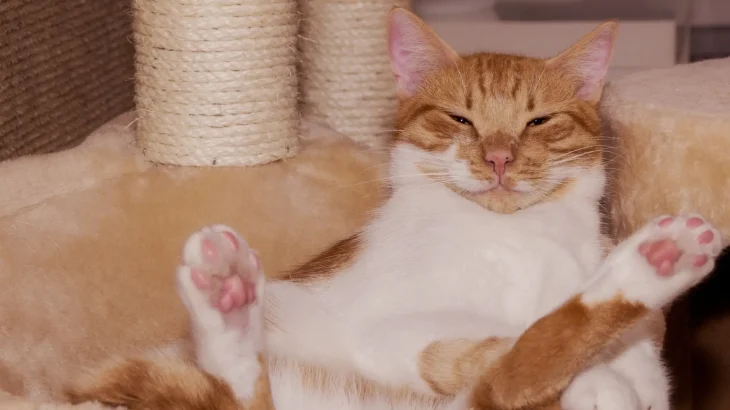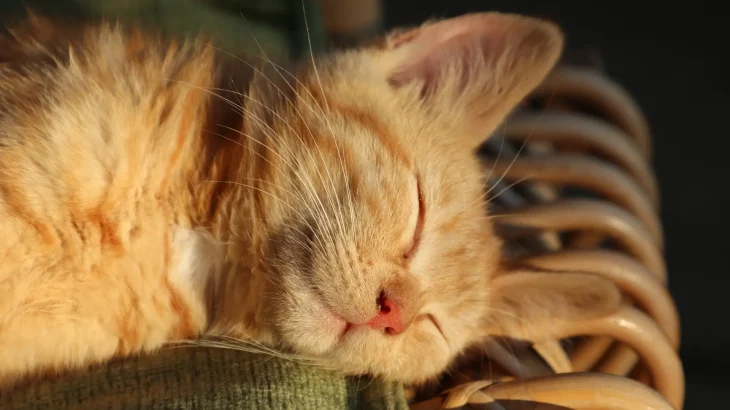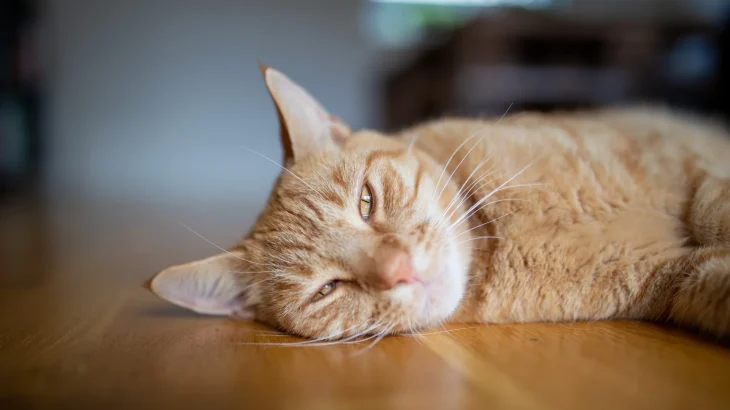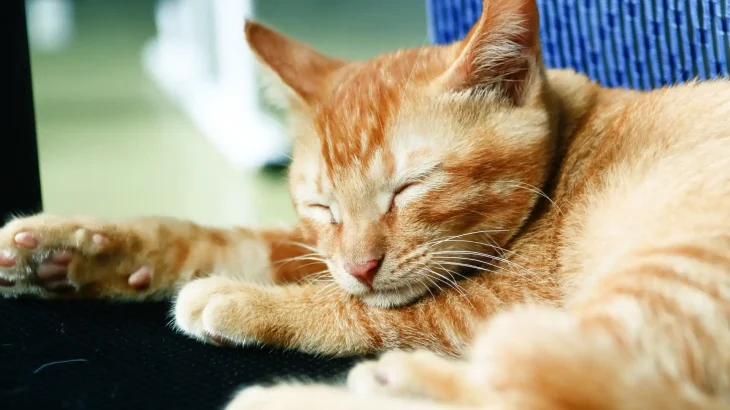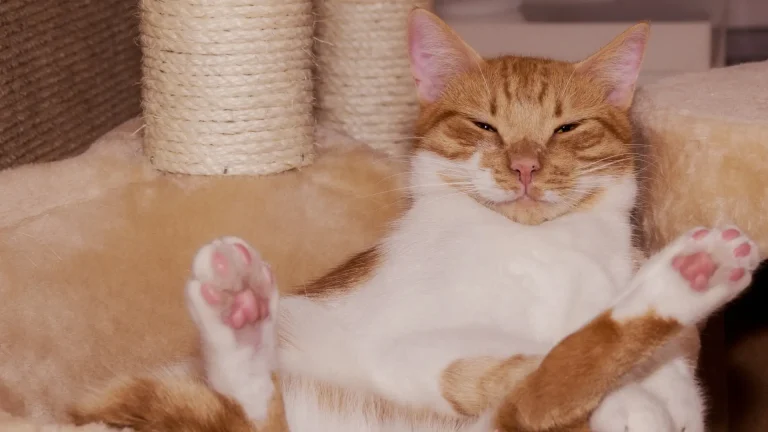When deciding to bring a Sam Sawet kitten into your home, you might wonder whether to adopt or purchase from a breeder. Each choice has its own benefits and considerations, especially regarding health insights and ethical aspects related to this breed. Understanding these differences can help you make the best decision for your new feline friend.
| Criteria | Buying from Breeder | Adopting from Shelter/Rescue |
|---|---|---|
| Cost | Higher initial cost due to breed purity and documentation. | Typically lower fees, more budget-friendly. |
| Health History | Breeders provide detailed health records and genetic screenings. | Health history may be unknown; shelters do basic health checks. |
| Age Availability | Primarily young kittens, allowing early bonding. | Variety of ages, including older cats with known temperaments. |
| Temperament Insight | Breeders can share lineage-specific temperament info. | Shelter staff may offer behavior observations but background is limited. |
| Supporting Practices | Supports breed preservation and ethical breeding if chosen carefully. | Reduces overpopulation and gives homes to cats in need. |
| Ethical Considerations | Important to verify breeder standards to avoid unethical practices. | Supports animal welfare and reduces demand for commercial breeding. |

